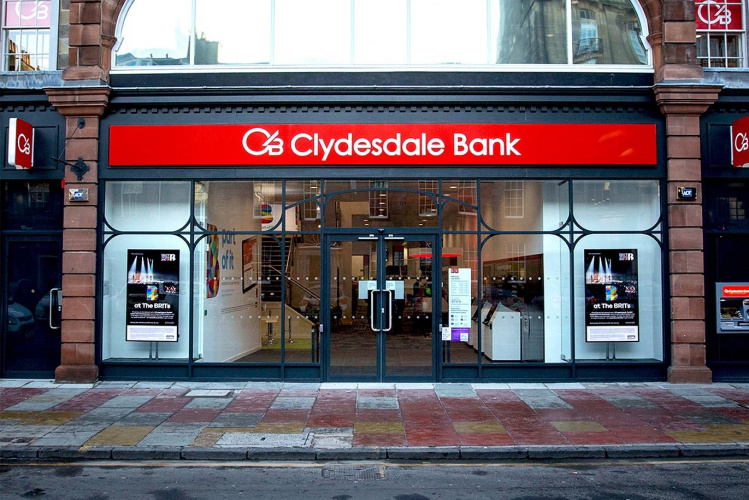
Stamp duty residential revenue jumped 20% in the third quarter of the year compared to the previous quarter and was 5% higher than the same period a year ago, according to official data.
Transactions that attracted stamp duty also lifted 17% in the third quarter and were 9% higher than the same period a year ago, HMRC figures show.
The data comes after yesterday’s Budget increased the stamp duty surcharge on second homes and investment properties from 3% to 5%, from today.
Chancellor Rachel Reeves also did not extend temporary stamp duty thresholds introduced in the Liz Truss mini-Budget in September 2022, due to end on 31 March next year.
Under these temporary measures, first-time buyers currently pay no stamp duty tax for home purchases under £425,000, raised from £300,000. Other buyers currently pay no stamp duty if their home costs more than £250,000, due to drop back to £125,000 next year.
The HMRC data shows that higher rates of stamp duty for second homes, paid at the standard rate (of 10% for homes between £250,000 and £925,000) plus a 3% surcharge, rose by 4% to 52,600 in the third quarter from a year ago. This is a rise of 8% from the previous quarter.
Higher rate stamp duty transactions account for 37% of all liable residential transactions and slipped by 1% compared to the year before. This is also a fall of 4% from the previous quarter.
Mortgage Advice Bureau deputy chief executive Ben Thompson says: “There was very little for FTBs to be excited about in the Budget.
“With the temporary stamp duty threshold for FTBs not being extended, their hopes will be pinned on the longer-term implications of the tax increases, throwing them a homeownership lifeline.
“The Chancellor will be hoping to spark a fire sale of second homes with capital gains tax staying at its current levels for those selling on properties, and at the same time disincentivise those looking to buy additional properties with the stamp duty hike on second homes.
“If this works, it could constitute something of a boost for prospective buyers, but the damage done by other changes, namely not extending the uplifted stamp duty threshold, may weigh a little on the market.”



